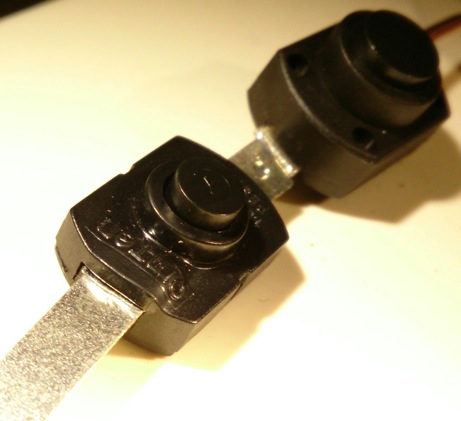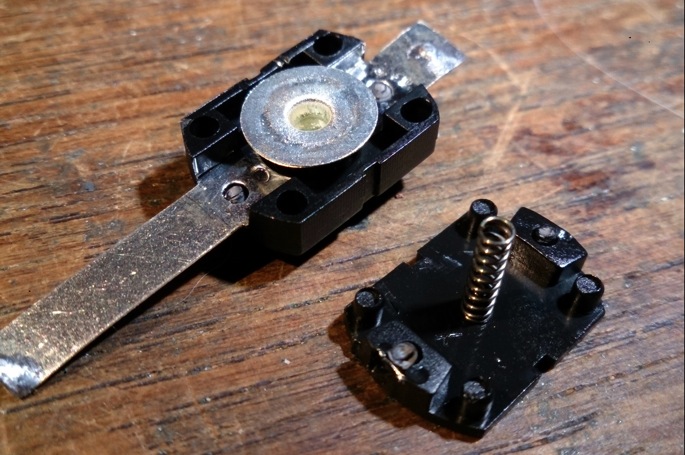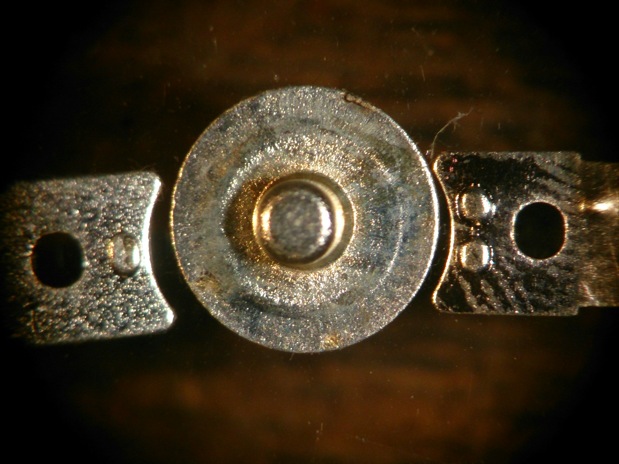10A results. After four hours all three switches work fine. Over the small Omten there is a somewhat higher voltage variance in the end, but nothing I worry about. As said the small switch warms up more, but that does not seem to lead to failure yet. Of course for critical applications, like single li-ion cell lights it is nicer to have the larger switch because it causes a smaller voltage drop. In fact when using the small Omten at 10A the variance upon different clicks can be as high as 0.05V and that could be visible in the output of the light, or lead to a bit shorter period the driver stays in regulation.
What surpises me is that the voltage increase is not lineair with the current, it lags a bit behind, so the resistance decreases a bit when current increases (or because the temperature increases), which is good for the performance. Another thing that is good for the performance: as you can see with almost all 10 click voltage series, the first value is low compared to the average, it is the voltage reading before the first click, it means that if you leave the switch alone the resitance decreases somewhat over time.
Small Omten 10A begin : 54 56 70 59 57 62 60 55 59 55 mV
10A 1.5hrs: 39 62 54 64 61 68 51 56 60 63 mV
10A 4hrs : 55 73 79 100 92 62 52 49 93 51 mV
Large Omten 10A begin : 34 39 42 35 39 50 40 54 54 58 mV
10A 1.5hrs: 37 70 38 47 40 49 68 80 60 43 mV
10A 4hrs : 34 46 51 53 81 88 59 50 54 52 mV
6A ebay sw. 10A begin : 19 18 18 18 20 22 20 22 20 18 mV
10A 1.5hrs: 15 16 16 19 17 18 18 24 20 27 mV
10A 4hrs : 20 24 38 41 20 20 19 20 19 19 mV
All three switches make it to the 16A test! It has to wait a bit because my girldriend hates the sound of the fans, makes her think of bad airco days  .
.
I can't help noticing that making a high amp switch is cheap and easy: a plastic housing with ballpoint click-mechanism, three pieces of metal, a spring. I can't comment much on the type of metal used, but these good performing Omten switches are not exactly using the metal with the best conductance.
 .
. )
)




